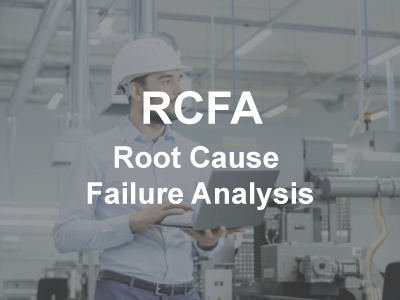The Infrared Thermography CAT-I course prepares you for life as an infrared thermographer. With interactive simulations, 3D animations, and case studies, you will easily grasp key facts and concepts. You will understand the science of infrared thermography, how the camera works, and the mechanical and electrical failure modes of plant equipment so you can accurately and confidently detect and diagnose a wide range of fault conditions. You will gain the knowledge and confidence to be successful as a certified infrared thermographer, ready to pass the ISO 18436-7 CAT I certification exam issued by the Mobius Institute Board of Certification (MIBoC), accredited to ISO/IEC 17024.
- Infrared thermographers who will set up and operate thermal imaging equipment for safe data collection
- Professionals who verify calibration of thermographic measurement systems
- Those applying thermographic measurement techniques and evaluating/reporting results
- Maintenance, reliability, and condition monitoring personnel using thermal imaging for fault detection
- Beginners seeking a strong foundation in infrared thermography
- Understand why and how condition monitoring works, and the role of thermography in reliability improvement
- Differentiate between reactive, preventive, condition-based, and proactive maintenance
- Understand heat vs. temperature, thermodynamics, and heat transfer modes (conduction, convection, radiation)
- Correctly determine emissivity, identify reflections, and compensate for environmental effects
- Operate infrared cameras effectively, manage images, and perform thermal tuning
- Detect faults in mechanical, electrical, civil, and process applications
- Follow ISO diagnostic and prognostic principles to provide actionable maintenance recommendations
TOPICS COVERED
Maintenance practices
Condition monitoring
Principles of infrared thermography
Thermal conduction
Thermal convection
| Equipment and data acquisition
Safety rules and guidelines
Thermographic applications
General image interpretation guidelines
Report generation
|







